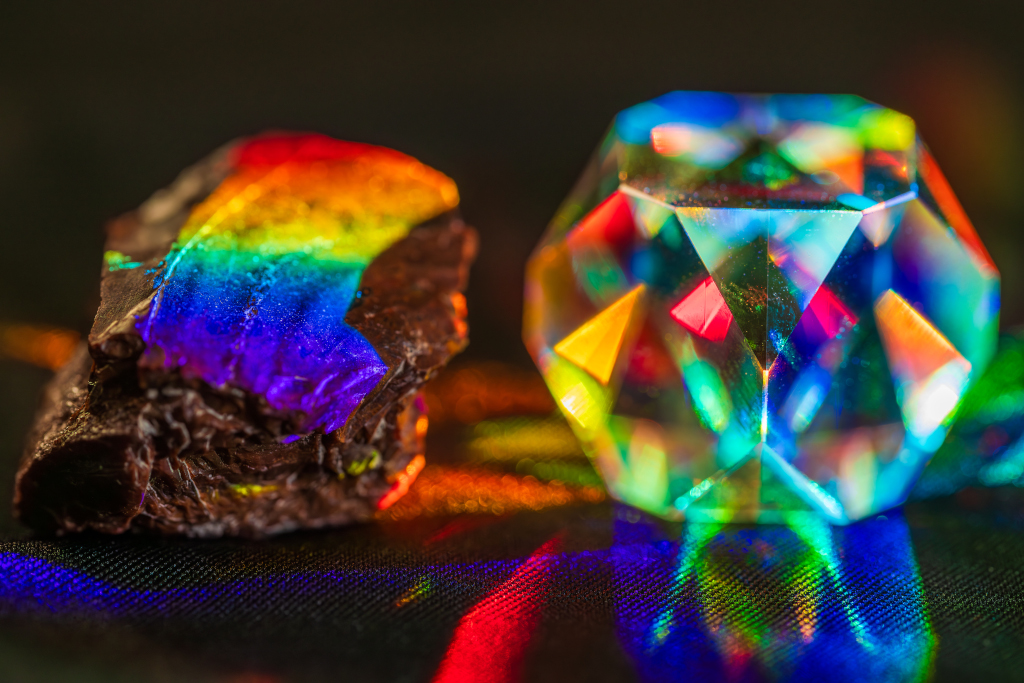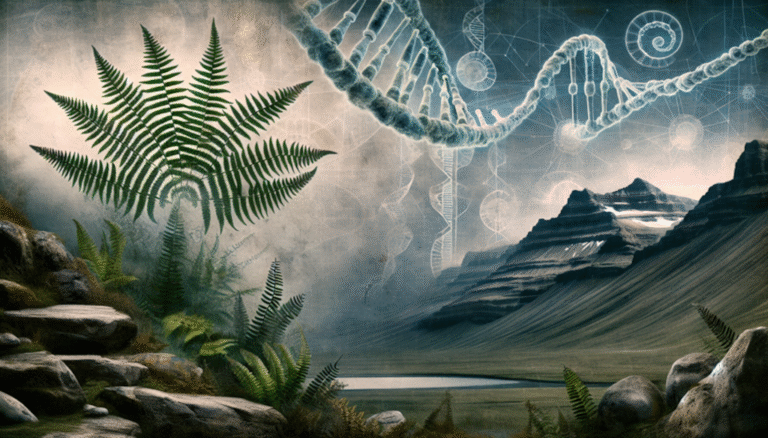Ever picked up a sparkling piece of quartz or admired the shimmering layer on a granite rock and thought, “How does this even happen?”
You’re not alone. Crystals have fascinated humans for centuries, not just for their beauty, but for the mystery of how nature constructs such perfect geometry underground. And the truth is? It’s not magic. It’s science. Slow, patient, jaw-dropping science.
The crystal “aha” moment
For years, I assumed crystals were something only found in pricey jewelry stores—or rare, distant caves. But one summer, while hiking through a rocky ridge in Arizona, I cracked open a chunk of granite and saw rows of shiny, interlocking crystals inside.
I had no idea I was holding a geological time machine that had taken millions of years to form.
The surprising science of crystal formation
Crystals form when atoms or molecules naturally arrange themselves into repeating patterns through a process called crystallization. Under the right conditions—think pressure, temperature, and time—nature builds breathtaking structures from just basic chemistry.
Here’s where it gets even cooler: There’s more than one way for crystals to emerge. In fact, Earth has five main natural “workshops” where this happens:
1. Deep beneath volcanoes: The cooling of magma
When molten rock (magma) slowly cools beneath the Earth’s surface, atoms start locking into neat, geometric patterns. This is how we get large-crystal rocks like granite, which contains crystals of feldspar, quartz, and mica.
Quick cooling at the surface—like during a volcanic eruption—produces smaller crystals or glass, like in obsidian. It’s a race against time, and slow and steady wins the crystal clarity.
2. Drying lakes leave behind crystal clues
When water containing dissolved minerals evaporates, it leaves a salty residue behind. When this continues over time, the leftover minerals begin to form crystals.
- Example: Halite (table salt) forms in dry, salty lake beds.
- Fun fact: Scientists replicate this in classrooms through saltwater evaporation experiments!
3. Hydrothermal hot spots
Deep underground, mineral-rich hot water travels through cracks in rocks. As it cools, minerals like quartz and beryl slowly crystallize into brilliant veins.
This is how some of the world’s most stunning crystals are formed—inside hidden chambers where heat and minerals meet in perfect harmony.
4. Heat and pressure bending atoms (metamorphic magic)
Sometimes, existing rocks are “recycled” when exposed to intense heat and pressure. Their minerals reorganize into new, crystalline forms.
- Mica, with its flaky shine, forms during this process.
- Marble forms when limestone goes through metamorphic transformation.
It’s nature’s version of a makeover—and the results are stunning.
5. Life can grow crystals, too
This one might blow your mind: Some crystals don’t form underground—they’re actually built by living organisms.
- Shells contain calcite crystals.
- Our bones and teeth are partially made of a crystal form called apatite.
So yes, you’re made of crystals. (Kinda.)
Time—the secret ingredient
Crystal size and perfection depend on one big thing: time. The longer it takes for a crystal to form, the more orderly and larger it gets. That’s why crystals from deep underground (where temperatures drop slowly) can be massive, while surface-level crystals are typically small and rushed.
Chemistry, pressure, and water all play roles, but time is the artist with the finest brush.
But wait… crystals can also offer clues to Earth’s past
Geologists study crystals not just for their beauty, but because they’re like record-keepers of Earth’s internal conditions. For example:
- Zircon crystals have been dated to over 4 billion years—they’ve survived entire continents shifting!
- Cubic growth patterns in salt crystals can indicate historic drought periods.
So each crystal is more than eye candy—it can tell us where it came from, how it formed, and what Earth was going through at the time. Incredible, right?
Next time you hold a crystal…
Remember this: It’s not just a pretty object. It’s a result of chemistry, time, pressure, and patience—as if nature sculpted it atom by atom. Whether deep under volcanoes or quietly forming in your bones, crystals are one of Earth’s most fascinating projects-in-progress.
So the next time you spot one, take a moment. Let it remind you that beauty, precision, and transformation often take time—and are always worth the wait.




Leave a Comment